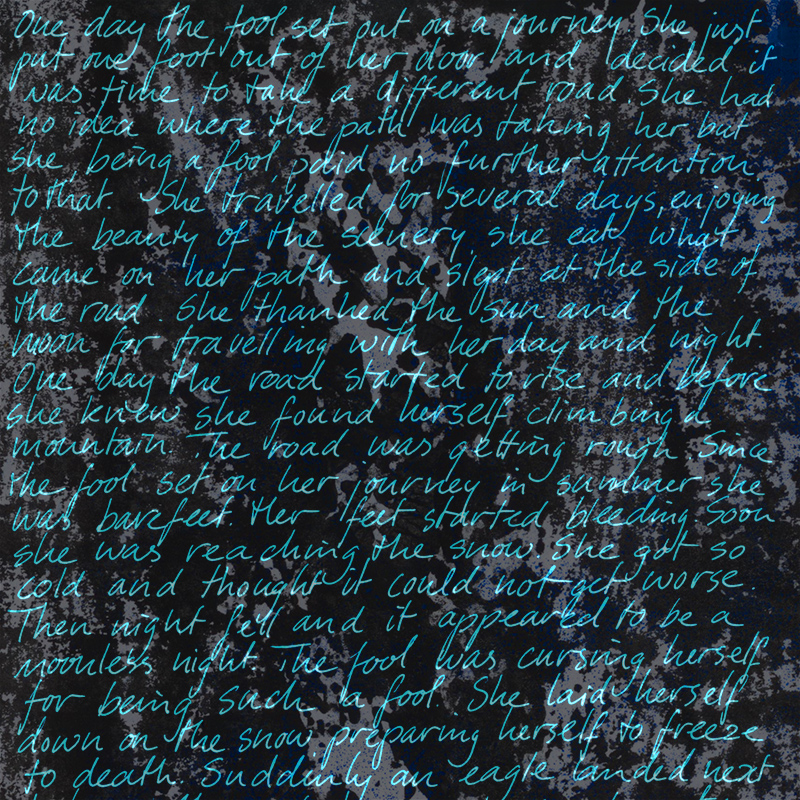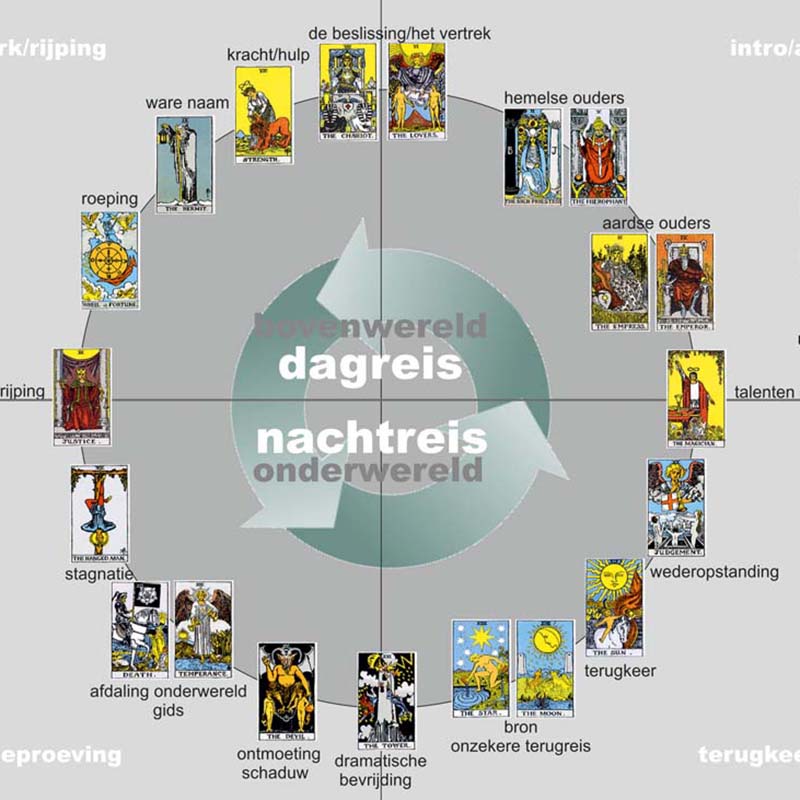
Writing | Story and Immersion

How do you write an immersive story? How do you make your audience care? That is not an easy question and the answer is complicated and simple in the same time. It has all to do with identification, relating to a person, to a situation, something to connect with. It doesn’t say you have to know that situation and it doesn’t say you have to like the person the story is about. But somehow it has to resonate with you, either on a conscious or subconscious level. Using storytelling for commercial purposes, this means you have to know your audience or target group. In any case it is important that your characters are interesting and you plot and storyworld are consistent (even if the story is absurd). Curious? Read some of my short stories at my blog. My novel Purplewood Hill, a murder mystery with a supernatural flavor can be ordered here.
Image: The Story of the Fool - monotype and print © Nina Kramer
Storytelling | Old and New Media

The first stories were probably orally told, we have no evidence of that. Cave paintings can be seen as early depictions of story and through many ages painting had mainly that function, telling stories. From the Egyptian hieroglyphs to the paintings of the crucifixion of Christ in churches, and so on. After the invention of photography, painting got another function. Every time a new medium is invented, it has its effect on ways of storytelling. Printing, photography, film all challenged makers to invent new ways of storytelling. Now 3D, VR, interactive and other forms of digital storytelling make us rethink the imaging and structure of story. But still, some things never change. Stories are told to connect, to divert, to engage and to enjoy, no matter which medium is used to tell them.
Image: Raven at Dierenrijk, said to be messengers between worlds © Nina Kramer
Story Design | Story and Structure

There are many theories about the basic structure of story. The heroes journey, based on Carl Gustav Jung and Joseph Campbell, is maybe one of the most well-known. It delves deep into human psychology and archetypes and is therefore an archetypical story that most people can relate to. Really almost every story can be deconstructed to the above model. On the other hand, Leo Tolstoy is often quoted to have said, ‘All great literature is one of two stories; a man goes on a journey or a stranger comes to town.’ Some theories say there are 7, 36 or any number of basic stories. In fact all stories have one thing in common: there is a balance, which will be disturbed, and a quest to regain balance is followed. Learn more about STORY DESIGN at one of my courses.
Image: The heroes journey illustrated by the Raider White Tarot © Nina Kramer